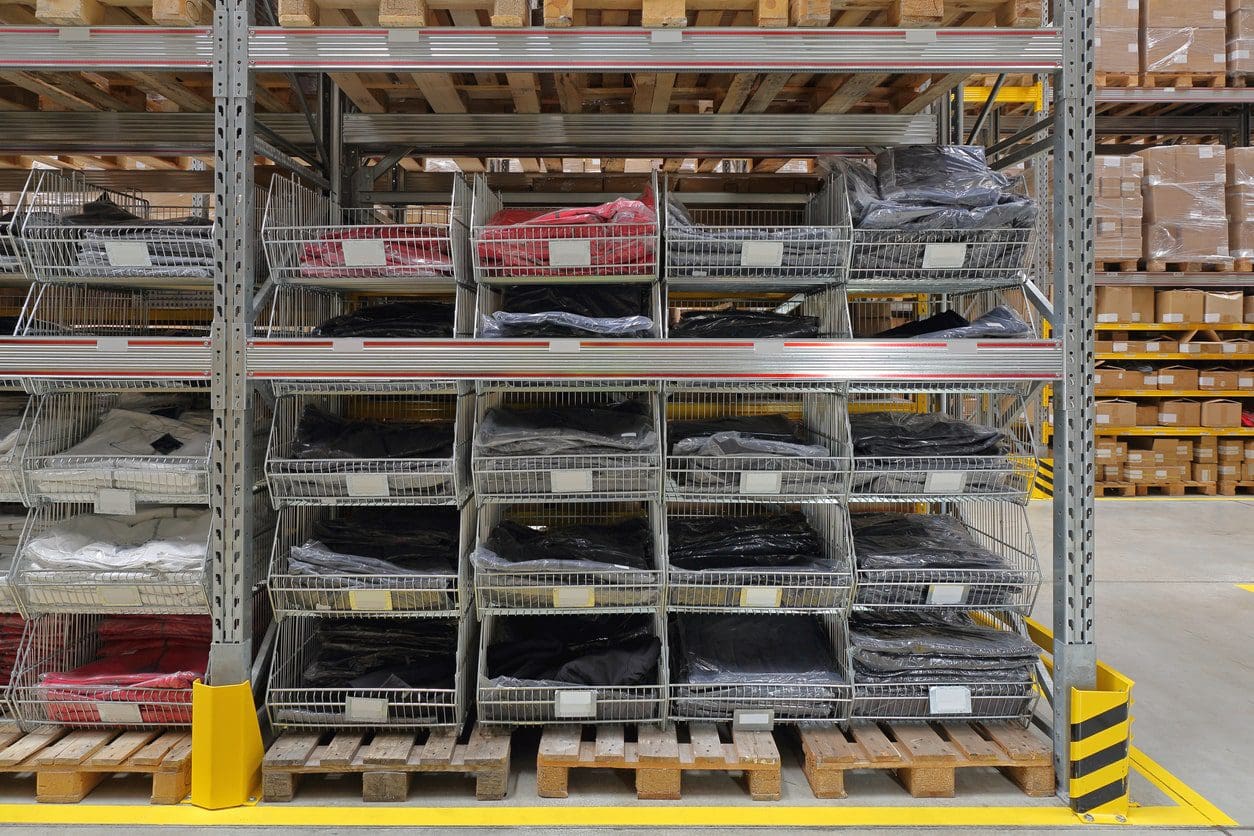Building a strong supplier relationship is key to creating quality products. A report from First Insight found that 53% of customers rate quality as the most important factor when considering a product. When you have quality products, you’ll make more sales.
Using a service like Kickfurther is a great way to get the funding you need for inventory management, but it’s up to you to establish a good rapport with the companies you’re sourcing from. Use the following tips to help strengthen your supply chain management and create products your customers will love.
Stick With a Few Key Suppliers
On average, a company that spends $1 billion in supplies will have around 3,000 suppliers. That can be a lot of supplier relationships to keep track of, which is why some experts suggest the 80/20 rule. This rule means you should spend 80% of your budget on your top 20% of suppliers.
If you’re dealing with international sourcing, you’ll want to spread out your supplier base to mitigate risks from political instability or natural disasters. About 55% of overseas suppliers would not be able to maintain their workflow during a disaster, so it’s important to prepare for the worst.
Understand How Your Suppliers Work
Understanding your supplier’s workflow has several benefits. You’ll show respect for its business as well as your commitment to coprosperity. When both of your companies are working well, you’ll both profit.
A great example of this practice in action is Toyota. It has an entire supplier relationship management team that conducts regular company-to-company reviews and manages all concerns and requests from every Toyota division. This keeps both Toyota and its suppliers on the same page so they work as partners.
Need help with this? Consider inventory management tools and services to track inventory, such as Cin7, Ordoro, Fishbowl, or Veeqo.
Talk Through Misunderstandings
Inevitably, you’ll eventually encounter some misunderstanding or problem with your supplier. Maybe it provided you with a batch of faulty ingredients or you’re having trouble collecting payments, meaning you’re going to be late on your bills.
Whatever the case, be open and honest to avoid causing the issue to elevate or get personal. Work toward a resolution that will make both parties feel secure.
Provide Valuable Feedback To Boost Supplier Relationships
Be open about a supplier’s success or failures. Take Honda, for example. It sends a report card to its suppliers every month that discusses the quality and quantity of the supplies it ordered. That way, if something goes wrong, the supplier can work on fixing it right away. You may also want to consider a periodic SWOT analysis to determine what’s working, what isn’t, and how to change that.
Forge a Lasting Partnership
Remember, your relationship with suppliers is a two-way street. As long as you treat them as a partner rather than a subordinate, you should be progressing toward a customer-supplier relationship both parties value for their ongoing success.









